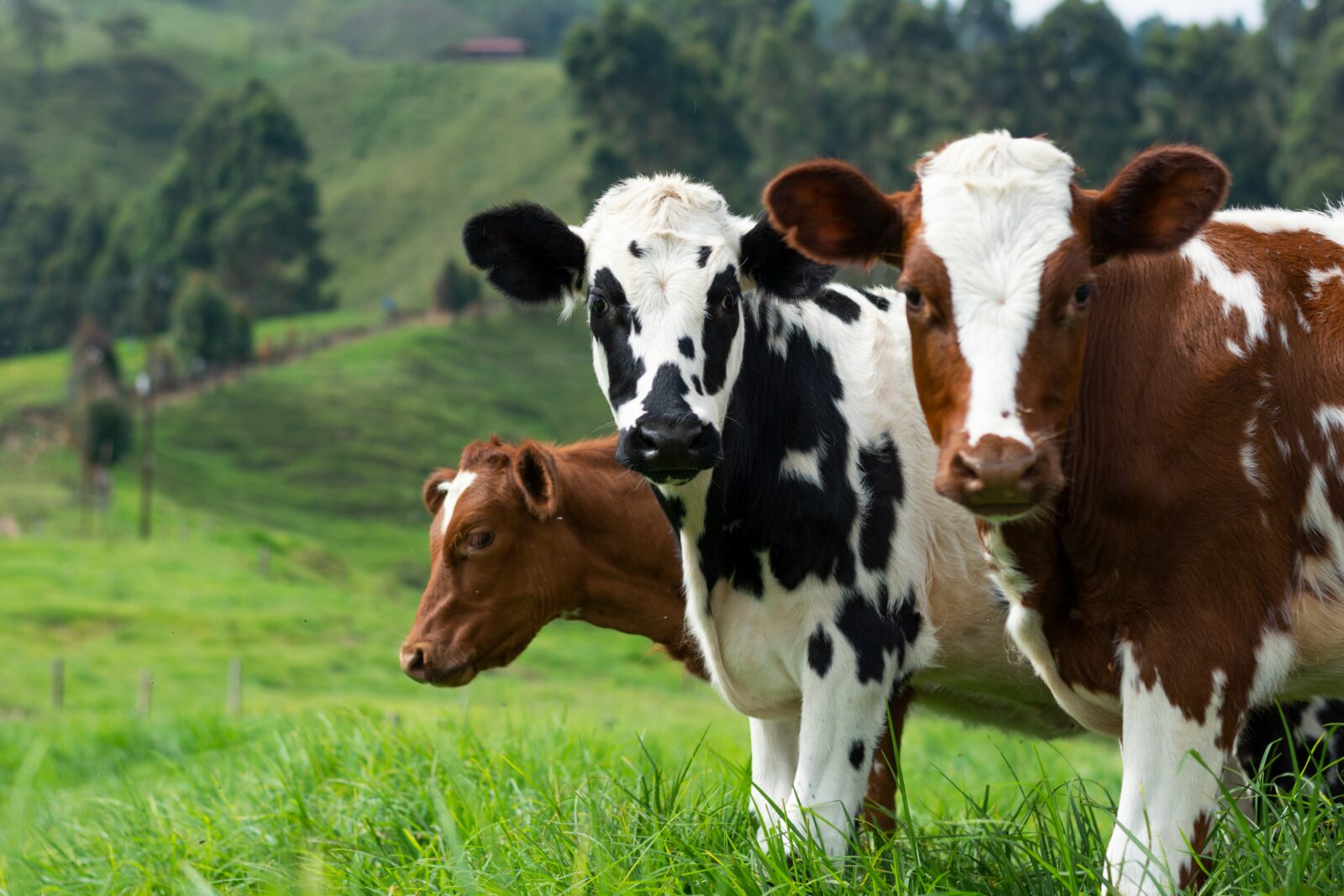
Grass-fed butter has gained popularity in recent years due to its potential health benefits over regular dairy butter. Grass-fed butter is made from milk obtained from cows that are exclusively fed grass, whereas regular dairy butter is made from milk obtained from cows that may be fed a diet containing grains and other feeds. Here are five potential health benefits of grass-fed butter compared to regular dairy butter, along with evidence from peer-reviewed journals to support these claims.
1. Higher in heart-healthy nutrients
Grass-fed butter is higher in heart-healthy nutrients like vitamin K2 and omega-3 fatty acids. Vitamin K2 is important for bone health and has been shown to reduce the risk of cardiovascular disease (CVD). A study published in the Journal of Nutrition found that a higher intake of vitamin K2 was associated with a reduced risk of coronary heart disease (CHD) in a Dutch population. Omega-3 fatty acids, found in fatty fish and grass-fed animal products, are also beneficial for heart health. A randomized controlled trial published in the Journal of the American Heart Association found that consuming grass-fed beef increased blood levels of omega-3 fatty acids and improved heart health markers in overweight individuals.
2. Contains more CLA
Grass-fed butter contains higher levels of conjugated linoleic acid (CLA), a type of healthy fat that has been linked to various health benefits. CLA has been shown to reduce inflammation, improve insulin sensitivity, and decrease body fat in animal and human studies. A meta-analysis of randomized controlled trials published in the British Journal of Nutrition found that CLA supplementation led to a reduction in body fat mass in humans. Another study published in the Journal of Dairy Science found that feeding dairy cows a grass-based diet increased the concentration of CLA in their milk.
3. May reduce inflammation
The higher levels of omega-3 fatty acids and CLA in grass-fed butter may help reduce inflammation in the body, which is a contributing factor to many chronic diseases. Inflammation is linked to conditions such as arthritis, type 2 diabetes, and CVD. A randomized controlled trial published in the Journal of Nutrition found that consuming a diet high in omega-3 fatty acids reduced inflammation in overweight individuals. CLA has also been shown to have anti-inflammatory effects in animal and human studies. A study published in the Journal of Dairy Science found that feeding dairy cows a diet high in grass and legumes reduced inflammation markers in their milk.
4. Rich in antioxidants
Grass-fed butter contains more antioxidants than regular dairy butter, such as beta-carotene and vitamin E. These antioxidants can help protect against oxidative stress and cellular damage, which can lead to chronic diseases. A study published in the Journal of Agricultural and Food Chemistry found that grass-fed butter contained significantly higher levels of antioxidants than regular dairy butter. Another study published in the Journal of Dairy Science found that feeding dairy cows a diet high in pasture increased the antioxidant activity of their milk.
Members Only Content
To continue reading please subscribe to WellnessPlus by Dr. Jess MD
Be your own best doctor with our comprehensive suite of online health coaching tools.
